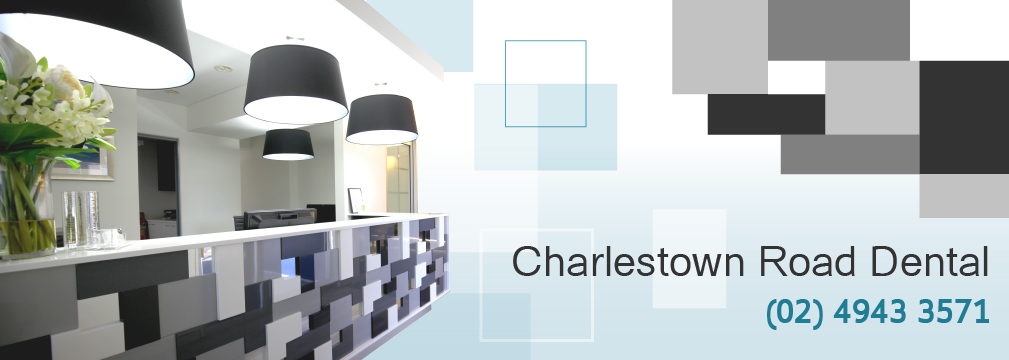Maintaining the gums is equally as important as preventing/restoring decay for a healthy mouth and smile. More teeth are lost through periodontal or gum disease than dental caries (“decay”).
Periodontal disease includes gingivitis and periodontitis
Gingivitis – superficial inflammation of the gingivae (gums)
Gingivitis, specifically Chronic Marginal Gingivitis, causes subtle redness and swelling of the gum margin and a tendency to bleed readily when prodded or probed (eg when brushing, flossing, or even eating).
Bacteria in plaque causes gum disease
This inflammation results from bacteria in the plaque that is constantly forming on the teeth. it remains against the gums for extended periods and irritates the gum tissue with the toxins they produce and release.
This inflammation causes the normally tight cuff of gum around the tooth to swell and relax allowing plaque to more readily enter the gum crevice. More fluid then comes out of the gum crevice which further enhances the growth of certain bacteria as well as increasing the formation of calculus (or “tartar” – the mineral which deposits on the teeth).
Initially it may simply result in bleeding gums and stale/bad breath, but rarely causes any great pain or even discomfort.
Gum disease left untreated can lead to chronic gingivitis
In some cases where chronic gingivitis exists and stressful situations arise, these factors can combine to result in an Acute (Necrotising) Ulcerative Gingivitis which is painful and causes superficial necrosis (or death) of the gum papillae (pointed tips between the teeth) which may not readily or fully recover.
Periodontitis is an even more destructive disease of the gums
Periodontitis (or “Pyorrhea”) is an invasive disease of the gum and supporting tissues around the teeth.
Usually a pre-existing gingivitis alters the environment around and in the gum crevice which is favourable for the overgrowth of certain more virulent bacteria. These can invade more deeply into the gum crevice and even superficially into the tissues.
Periodontitis triggers
- an overly aggressive immune response (in a frustrated attempt to fight this perceived infection)
- a loss of attachment of gum and supporting bone to the teeth
- gums shrinking back and/or
- deepening of the normally shallow gum crevice (developing a “pocket”) which further provides an environment conducive to further (over)growth of the virulent bacteria.
The teeth eventually become loose and/or abscesses form, either of which may result in the extraction of the teeth (or even cause spontaneous loss of the teeth in extreme circumstances). Often there is minimal or no pain involved, right up until it is too late.
Initial treatment is professional cleaning
The foundation of treatment of periodontal disease (as well as prevention of both periodontal disease and dental caries) is plaque removal.
Initial treatment involves professional cleaning (scaling and polishing) of the teeth (above and below the gum) to remove plaque and calculus.
This provides tooth surfaces that are amenable to daily self-removal of plaque from the accessible areas.
We also focus on the patient’s ability and motivation to do so effectively and consistently. That is: brushing and flossing (or other interdental cleaning) are central to this strategy.
Once this is established we hope that continued (deep) scaling, plus home cleaning, will encourage re-attachment of the gums to the teeth and/or shrinkage of the gums to eliminate the inaccessible pockets to prevent continuation or further extension of the destruction of gum/bone attachment.
If this is unsuccessful the next stage may be to proceed to attempt to surgically encourage attachment or reshape the gums to achieve a maintainable environment around the teeth.
Effective home cleaning the key to maintaining healthy gums
We pride ourselves on a great focus of preventive dentistry. One of the keys to this is flossing.
I have a reputation as a “floss Nazi” because I am so enthusiastic in encouraging or reminding our patients of the need or benefits of flossing.
Most of us grow up being automatically taught or shown by our parents how to brush, but not being taught to floss, either because they aren’t sure or don’t know how to, it seems like too much hard work or they aren’t aware of the necessity to do so.
Flossing however is more than just getting the floss between your teeth and jiggling it about or getting the food out if some gets stuck. See our page on (effective) flossing.











